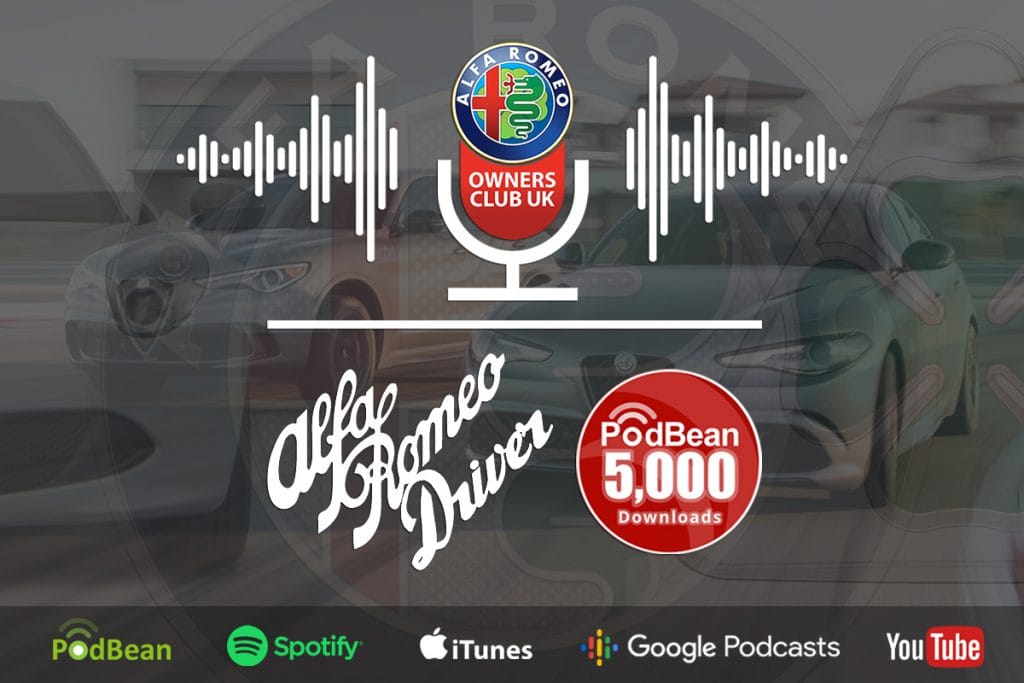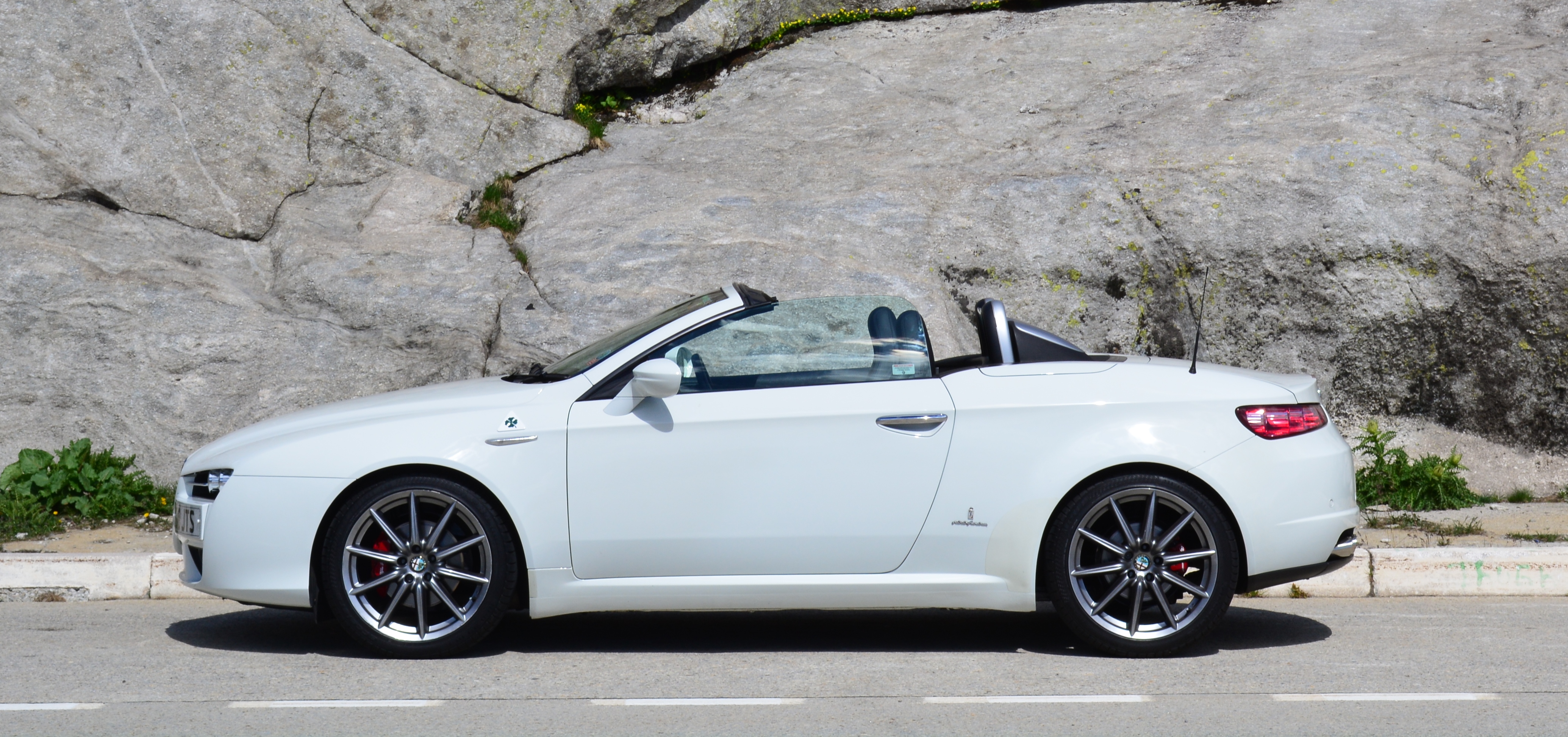
Spider (Type 939) 2006 - Current
Tom Taylor
2198
White
1855

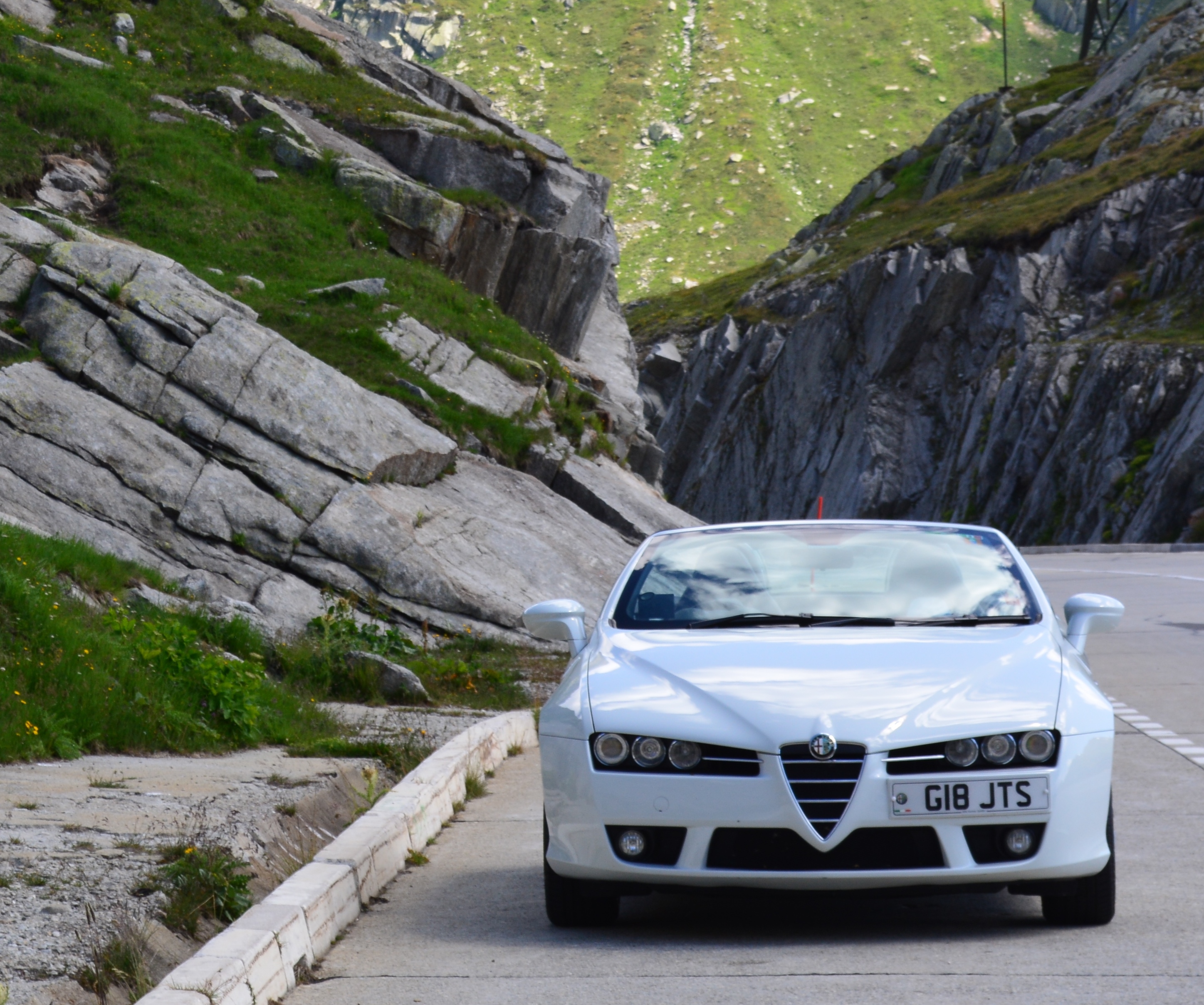
Specification

This example of the 939 series Spider is a Limited Edition.
Standard specification:
VDC with hill holder (ABS, ASR, EBD with brake assist)
Fire prevention system
PAS
Alfa code immobiliser and alarm system
Electronic key with remote and boot release
‘Follow me home’ headlights
Electronic start/stop button
Electric windows with one touch function and anti-intrusion sensor
Dual-zone auto climate control
Pollen filter
Stainless steel kick plates
Wind deflector
Multifunctional dash display with dual trip computers
6 speaker audio system
Leather steering wheel and gear knob
Steering wheel mounted controls for audio system, phone and trip computer
Rear parking sensors
Front fog lights
Cruise control
Front armrest with temperature controlled storage compartment
Aluminium centre console with water temp, fuel and oil temperature gauges
Electronic oil capacity display on start up
Silver Brembo brake calipers
I addition to the above, Alfa offered this version as an upgraded Spider with the following options as standard:
19 inch silver spoked alloys with 235/40 tyres
Frau leather seats (Poltrana Frau is a prestige Italian furniture manufacturer!)
Blue&Me (Basically a Bluetooth system with a media player having a USB port)
Electrically operated and heated seats with memory function
Heated and folding door mirrors with memory
This amounted to £3,000 worth of 'free' options included in the list price of £25,500 when new in 2008.
The LE was available in white, red or carbonio black metallic.
The engine is a 185 bhp 2.2 JTS petrol. Acceleration is 0-62 mph in about 8.8 seconds with a top speed of 139 mph (224 km/h). It's not too bad considering the car weighs in at 1505 kg or 1.481 tons.
Extras fitted in my ownership:
CSC Stainless steel rear exhaust boxes for lightness and much better sound!
Shorter six digit number plate on front with removal of number plate plinth
Aluminium and leather gear knob from Squadra Sportiva: Gear Knob Marano Nuovo Argento S (alfisti.net)

History

I bought this car in August 2017 from Veloces of London, an independent dealer in Barnet who specialise in Alfa Romeo and other Italian marques. Their cars are always presented in excellent condition but this can sometimes be reflected in the price!
I had seen a few for sale but this was by far the best I could find. It looked as new (and still does). It had 32,000 miles at the time and two previous owners, the last owner having owned the car since Feb 2010. They had really pampered this car, judging by the massive service history file! All work was carried out by Alfa specialists WAD Auto Developments in Wolverhampton.
Veloces had refurbished the brake calipers in Alfa Red (originals were in silver) with Alfa Romeo logos, and refurbished the alloys in anthracite (originals were in silver).
I only use the Spider in the summer months and it is garaged all the time. I service the car myself and use Alfa Workshop for any work that I don't fancy taking on!
Myself and my wife have taken the Spider to Italy (Tuscany) on three occasions and it is a fantastic way to travel! It's extremely comfortable with lots of storage, including a large boot. It's very capable in terms of performance and cruises along in style! We've had many admiring glances and comments whilst in Italy which I guess is not so surprising as they are a rare sight on the roads over there. I’ve only ever seen two others!
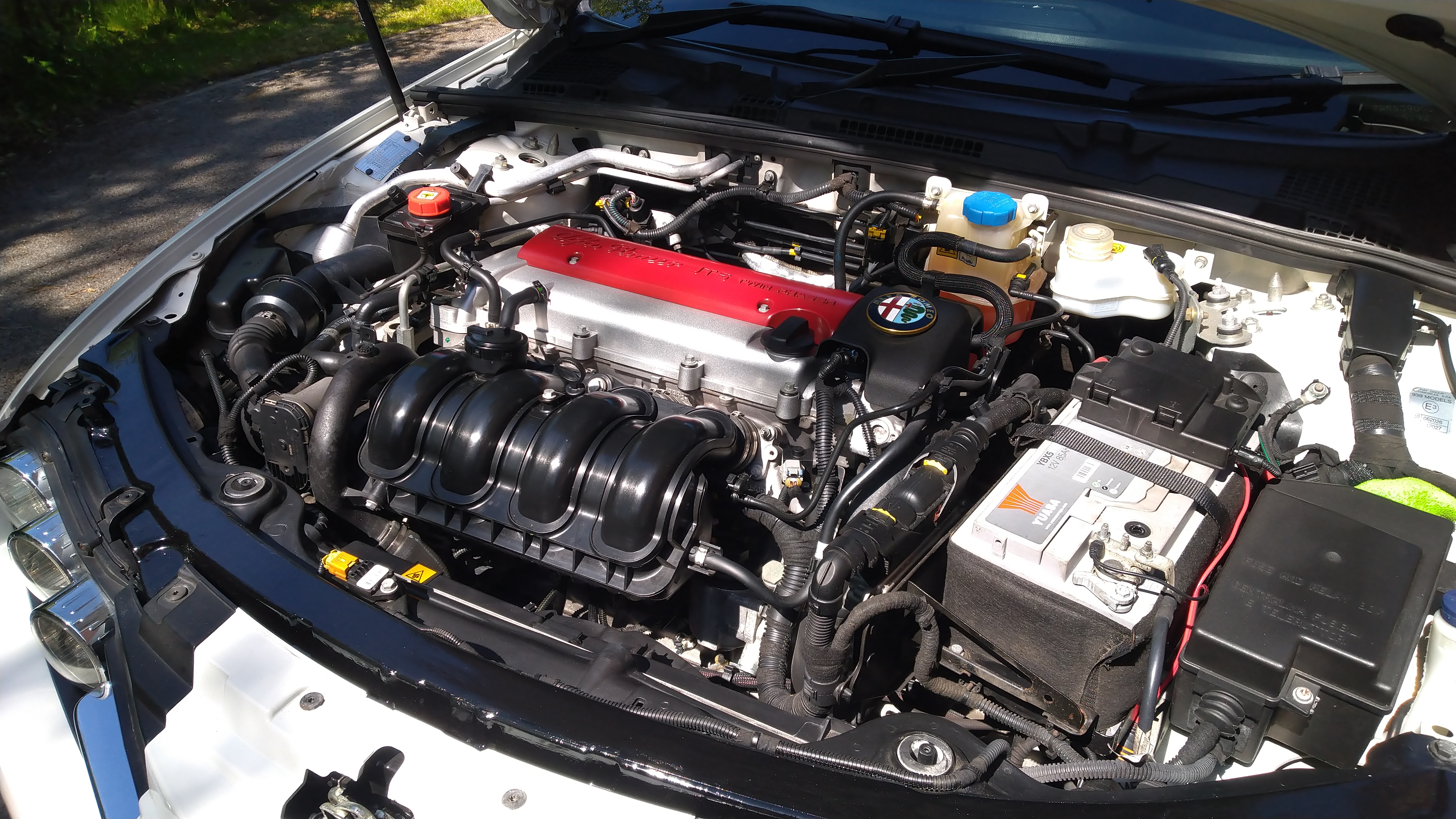
Engine

The engine is a 185 bhp 2.2 JTS petrol. Acceleration is 0-62 mph in about 8.8 seconds with a top speed of 139 mph (224 km/h). It's not too bad considering the car weighs in at 1505 kg or 1.481 tons.
JTS stands for Jet Thrust Stoichiometric which is a fancy name for direct injection whereby fuel is injected directly into the combustion chamber rather than into the intake manifold. This is designed to increase efficiency, power output and reduce emissions. There is also a V6 version of this engine also fitted to the Spider.
Fuel economy is not too bad. On the first trip to Italy we returned 29mpg overall which included cruising at 80mph on motorways and spirited driving over passes and in the hills of Tuscany! The last time we went in the 939, we took it a bit easier as we were in no particular rush and petrol prices had risen dramatically and stuck to 70mph on motorways. This had a positive effect on consumption as this time we returned 38mpg! Around town I probably get between 25mpg and 30mpg.
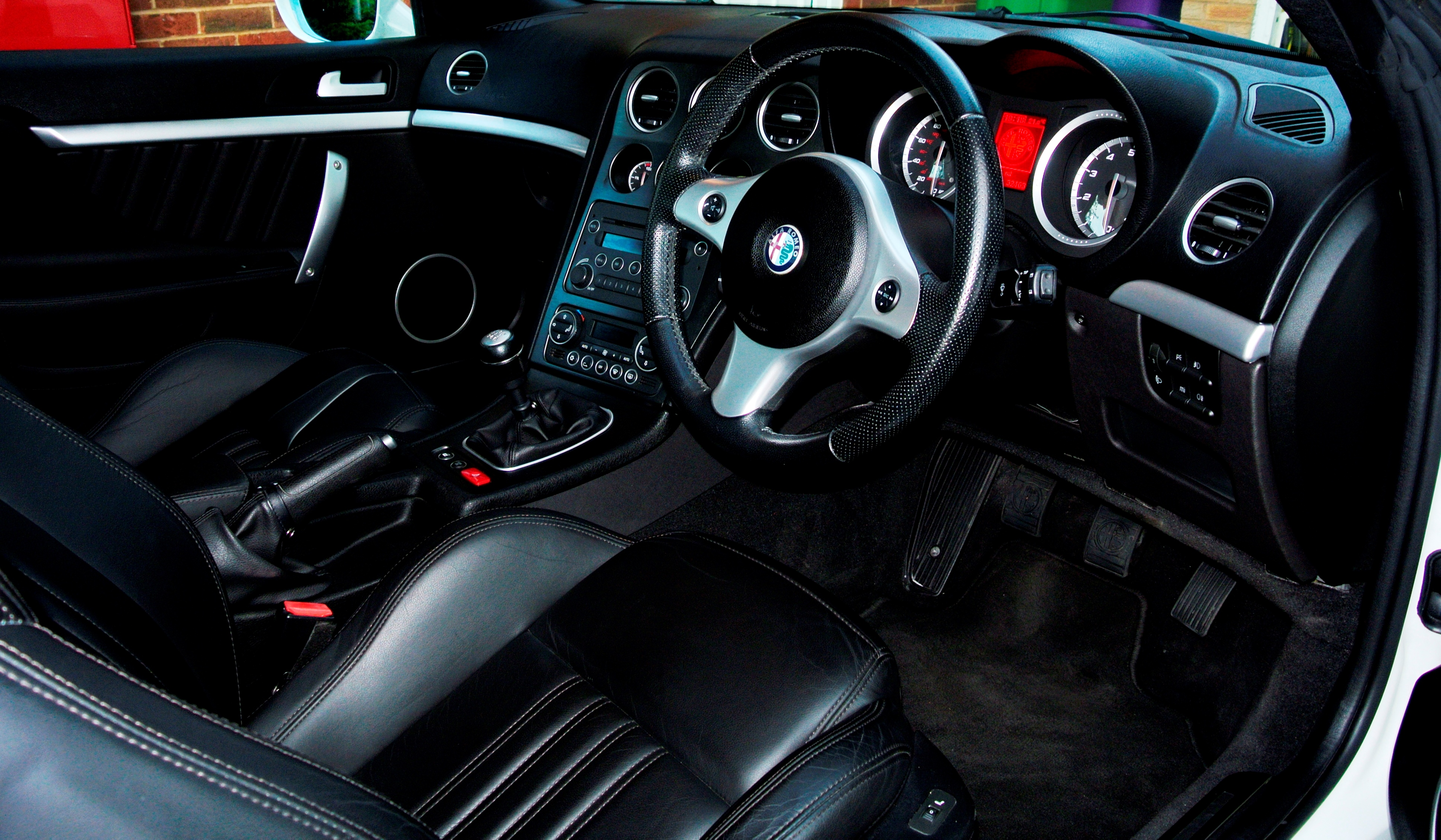
Interior

A nice place to be! The leather seats are amazing quality, probably the best I’ve ever had in an Alfa and I’ve had a few! They are made by Poltrana Frau, a prestige Italian furniture manufacturer who produces leather sofas and chairs in Pelle Frau, their trademarked leather product. Check them out here: Modern designer seating - Poltrona Frau. Both seats are fully electrically operated, with three memory positions, and are heated.
The dashboard centre console is finished in dark satin aluminium and there are aluminium door pulls and internal handles. The quality of the interior was, in my opinion, a big step up for Alfa Romeo. There are two storage ‘bins’ behind the seats with lockable lids.
There is a radio and CD player which by today’s standards are ‘low tech’ but at least you can plays music from a USB stick and use a phone hands-free. Many people have replaced this unit with more modern touch-screen, multi-media systems with Apple Carplay and Android Auto. I have resisted this for now as I like the original look but will probably go down this route when the demise of FM radio becomes imminent. For Sat-Nav I use a Garmin attached with a holder inserted into the redundant CD slot!
Dual-Zone climate control is fitted and the Air-Con has proved to be very efficient in the 36 degree heat of Italy, even with the hood down!

Gearbox

One of the known issues regarding the gearbox on the 2.2 939 Spider is premature bearing wear. The gearbox is an M32 which is common across a range of Vauxhalls and some on the earlier manual MiTos. The wear seems to affect the 6th gear bearing more than the others and there are various theories as to why early failure can be an issue. The most obvious in my view is oil starvation.
There is a possible case for this as a revised design of end casing with supposedly better oil distribution channels was designed as a replacement. However, the specialist who fitted my replacement bearings a few thousand miles ago told me that he has seen a few cars (Vauxhalls mainly, as there are more of them!) fitted with the new end casing still needing new bearings! He advises over-filling with oil as a preventative measure, using 2.8 litres rather than the 2.3 litres specified. Also changing the oil every 8k miles is good practice.
The bearing wear becomes evident with an audible whine, which in my case was in all gears. Sometimes movement in the gearstick, particularly in 6th gear is another sign. Mine was only very faint but as soon as I could hear it, I took it in for repair. It was at this point that I was given conflicting repair methods! I have a gearbox specialist about half a mile from where I live and they recommended gearbox removal with a bill of around £1,200! Others I contacted by phone gave the same opinion.
Luckily I came across a saviour in the world of M32 gearboxes, Andy at A&S Clutch Technology in Halifax, about 40 miles from me. He spends most of his time replacing the bearings on M32 gearboxes and is a true expert. He charged me £260 and I supplied my own oil as I wanted to use Red Line. The process he has devised is to carry out the repair in-situ. He simply drops the subframe slightly on the left hand side to remove the end casing and he can then access the bearings. So removing the gearbox is completely unnecessary. The photograph shows my gearbox with new bearings.
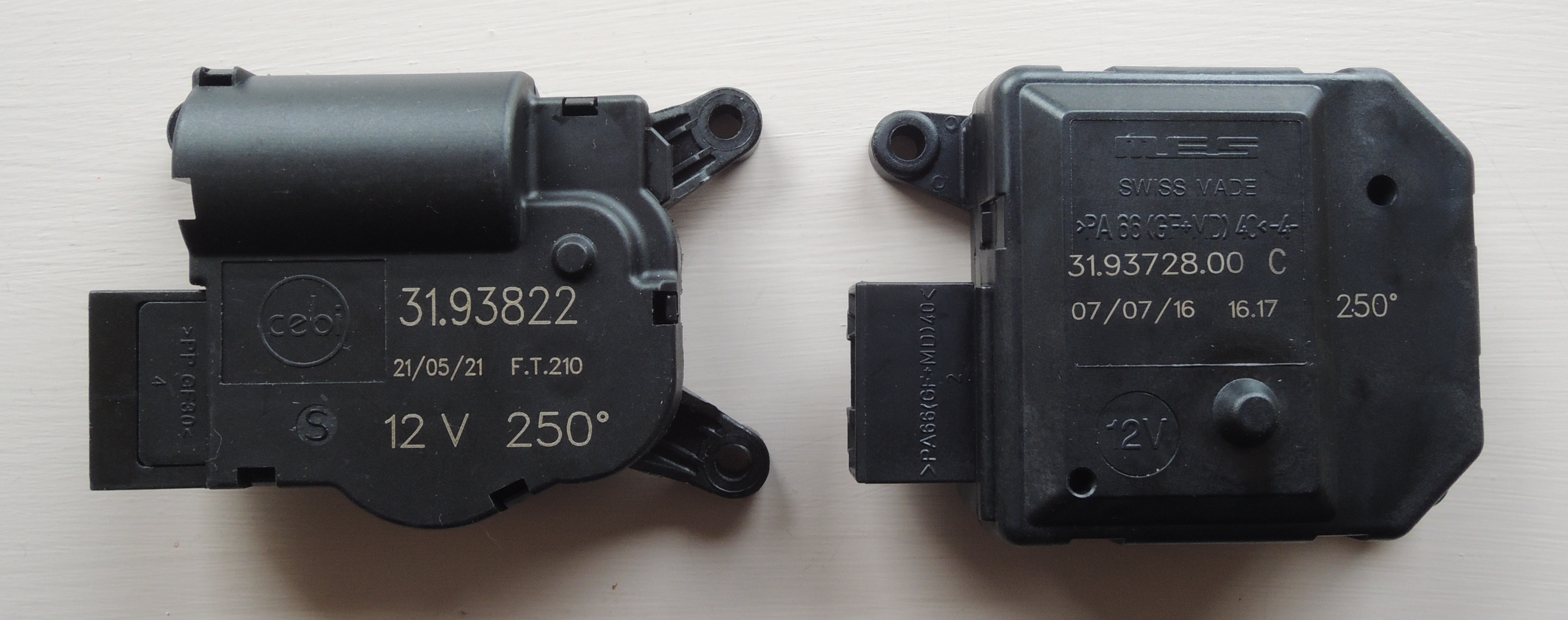
Convertible hood and flap motors

The automatic hood mechanism on the 939 Spider can attract a lot of criticism regarding its reliability. The hood itself is a vast improvement over previous Spiders in terms of road and wind noise. With the hood up, even at motorway cruising speeds, it’s not too far off similar to a tin-top; at least you can have a conversation and listen to music clearly. I’ve owned a 916 Spider (at the same time as the 939) and the hood on that was really good as well, certainly compared to my S4 Spider in which over 50mph the wind noise takes over any chance of hearing any sort of music! The secret is the double lining of the 916 hood and the 939 goes one step further with a triple-lined hood. With the hood down, wind noise is bearable probably due to the steep angle of the screen, the built-in perspex wind-stop (which can, incidentally, be removed) and the roll hoops. It also has a glass rear screen which has the advantage of having a heater.
The hood and its mechanism were in fact made by Webasto, a German company who made automatic hoods and sunroofs for most other manufacturers including Mercedes, BMW and SAAB. So, therefore, we cannot level any blame in Alfa’s direction when it comes to reliability!
The system is a rather complicated mixture of a central ECU, electronics, hydraulics, pumps, mechanics and gas struts! I will not attempt to explain how it all works, however there a couple of weak points which I, and most other 939 owners, have had to replace or at least, be aware of.
These are of course not the only things that can malfunction, however they are first ‘port-of-call’ for any failure to open or close properly. The hood can sometimes stop mid-cycle, either up or down and the first things to check are the dreaded flap motors pictured above. The motors operate two flaps, one on each side which open and close depending on whether the hood is up or down. When down, they cover the gap where the hood frame appears from inside the hood cover. These little blighters can stop working and because the ECU relies on information fed from them regarding their position the whole hood stops in mid flow.
The information fed back comes from a tiny potentiometer inside the motor which has conductive tracks and a stylus like contact. The usual thing to do first is to cycle the hood back and for the slightly, a few times and with luck the contact will be re-made and the hood movement will resume. If not, the motors are not ‘handed’ and can be easily removed with two bolts and swapped over.
Again, this will sometimes work. The biggest issue we have is that Alfa are not at the moment producing replacements. They did have a production run in late 2001 with an improved mechanism inside, replacing the temperamental potentiometer. These very quickly sold out and at present new ones are very hard, if not impossible, to find. In the picture above the new version is on the left. The good news is that they can be refurbished.
This is done by opening up the casing by prising up the cover, held on by clips, with a couple of screwdrivers. The cogs can then be removed, and checked for missing teeth as these can be a cause of failure. These are available through a variety of sellers on EBay. The whole potentiometer can then be removed and liberally sprayed with contact cleaner and rotated, by hand, a few times. This can usually solve the problem and I have tried this with mine to keep as spares as I luckily had some new ones!
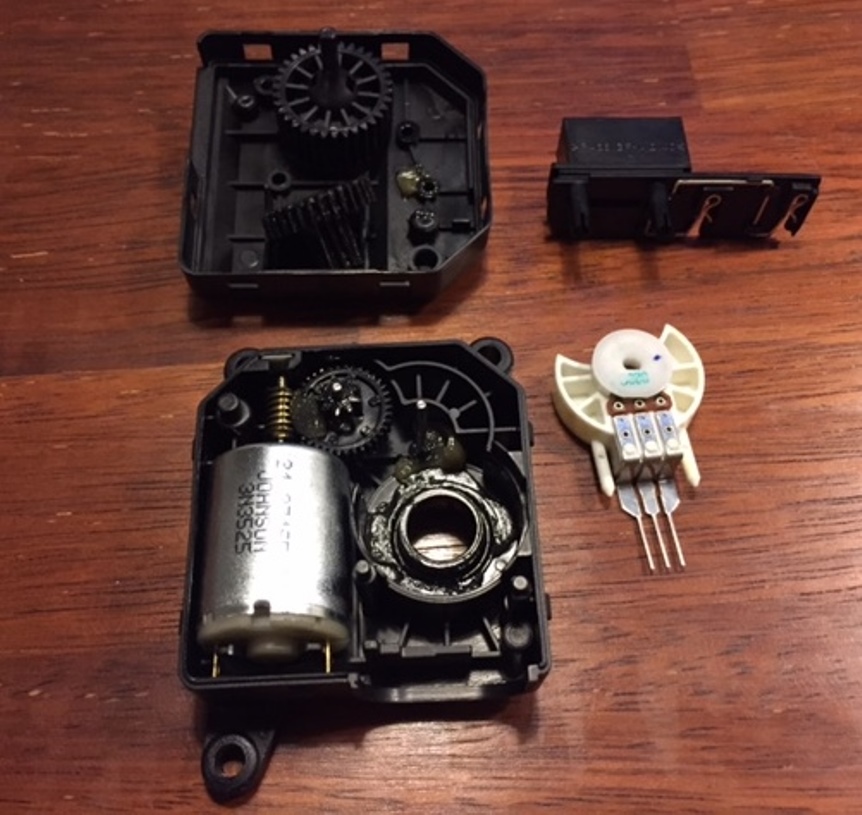
Inside a flap motor

This shows the inside of the flap motor. The potentiometer, which can be cleaned, is on the right.

Convertible hood and gas struts

The second issue causing malfunction are four gas struts. Two of these help lift the hood over the roll hoops and the second two keep the rear of the hood clamped down onto the body when closed.
When the two which lift the hood over the hoops fail (loss of pressure), the hood rail catches on the roll hoops and can pull the silver plastic trim off. These can then either fall into the hood compartment or into the wilderness! However, what many owners may have done is to glue the trim into place but this can then can allow the rail to scratch the trim. This is certainly what happened to mine. Unfortunately because they were firmly glued on I could not remove them. The whole metal hoop can however be easily removed with bolts hidden in the rear storage compartments and inside the hood compartment which I was able to do to have them resprayed.
Failure of the other two means that the rear of the hood is not firmly pushed down onto the rear deck leading to possibly water ingress.
All four struts are easily replaced, with two clearly visible with the rear of the hood raised and two inside the passenger compartment, visible once the side internal hood material is pulled back by removing one Allen bolt.
The struts are obtained, much cheaper than Alfa OEM, from SGS Engineering in the UK.
The struts which control the hood movement over the roll hoops are 100NM, OEM part number 5579XQ 100NM, SGS part number GSC3103,
100NM: https://www.sgs-engineering.com/gsc3103-alfa-romeo-brera-roof-strut
The struts which control the hood position on the rear deck are 200NM, OEM part number 7456VP 200N, SGS part number GSC3104.
200NM: https://www.sgs-engineering.com/gsc3104-alfa-romeo-brera-roof-strut
The struts on the SGS site are described as ‘Alfa Romeo Brera roof struts’ but they are for the Spider of course!
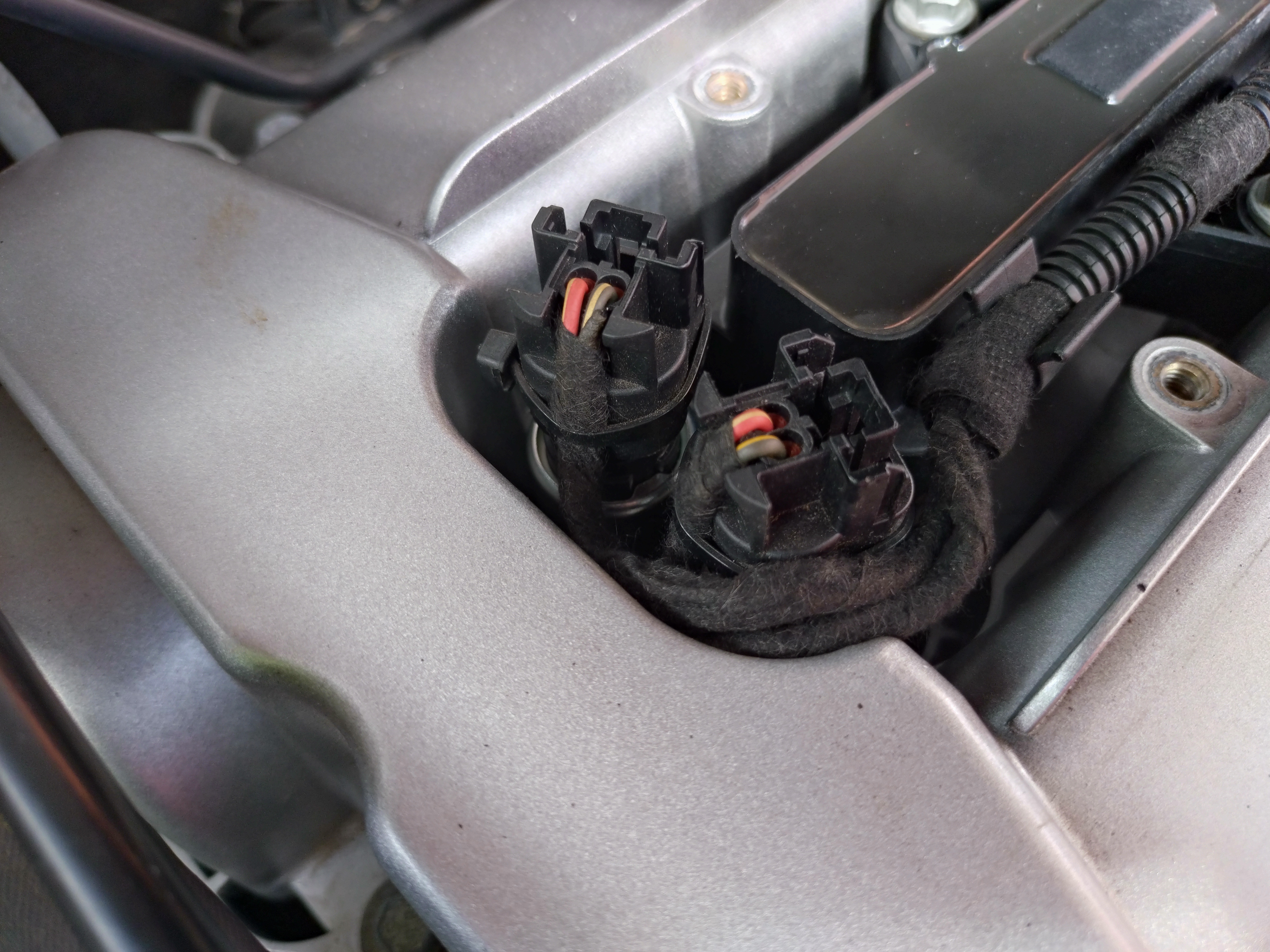
Camshaft Position Actuator Solenoid Valve

I recently had an intermittent engine warning light and the code indicated a faulty exhaust solenoid.
When cleared it would not appear for a few weeks. The car was running well!
I replaced it and that solved the issue.
By the way, before replacing, you could try cleaning by soaking overnight in petrol as they can fail by getting gummed up with oil deposits!
There are lots of options out there for replacements which range from very cheap Chinese copies to OEM Alfa which are rather expensive!
Probably the best option and the middle ground on price is genuine Vauxhall/GM OEM which can be obtained from various Vauxhall specialists in the UK or from the USA.
Incidentally, the inlet has a grey top and the exhaust is black.
I bought a GM inlet from Amazon USA for £46 and the exhaust from a Vauxhall parts specialist in the UK for £76, Much cheaper that the Alfa versions which can come in around £170 each
Here are the OEM part numbers and description (there are also alternative part numbers to look out for)
1. Genuine GM Part 12655420 Camshaft Position Actuator Solenoid Valve - Intake (or 12679099)
2. Genuine GM Part 12655421 Camshaft Position Actuator Solenoid Valve - Exhaust (or 12679100)
1. Genuine Alfa Romeo part 71773493 Electro-Valve Inlet Cam Solenoid valve (or 6000628516)
2. Genuine Alfa Romeo part 71773494 Electro-Valve Exhaust Cam Solenoid valve (or 6000628283)
They are very easy to change:
Remove the red decorative cam cover (the black part on the right is a push fit so pull up to remove); the two valves are visible on the left as you look at the engine (Exhaust is the rear one)
Unplug the connection on the top.
Remove the one bolt using a socket extension and pull up the valve which is just a push fit held in with an oil 'O' ring.




